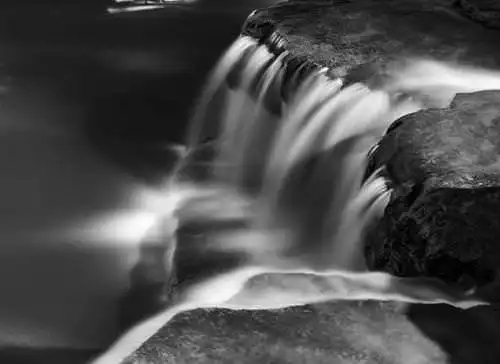An Introduction to the Intrinsic Connection between Painting and Photography
ABSTRACT:
Traditional Chinese painting is the culmination of China's rich five-thousand-year history, reflecting unique philosophical and aesthetic concepts with profound cultural and artistic implications. Photography, on the other hand, has revolutionized visual arts by transitioning from image imitation to authentic visual representation. Both painting and photography belong to the realm of visual arts, sharing commonalities while possessing distinct characteristics. This article aims to delve into the expressive modes and intrinsic traits of painting and photography, exploring the inherent connection between the two art forms.
Keywords: painting, photography, intrinsic traits
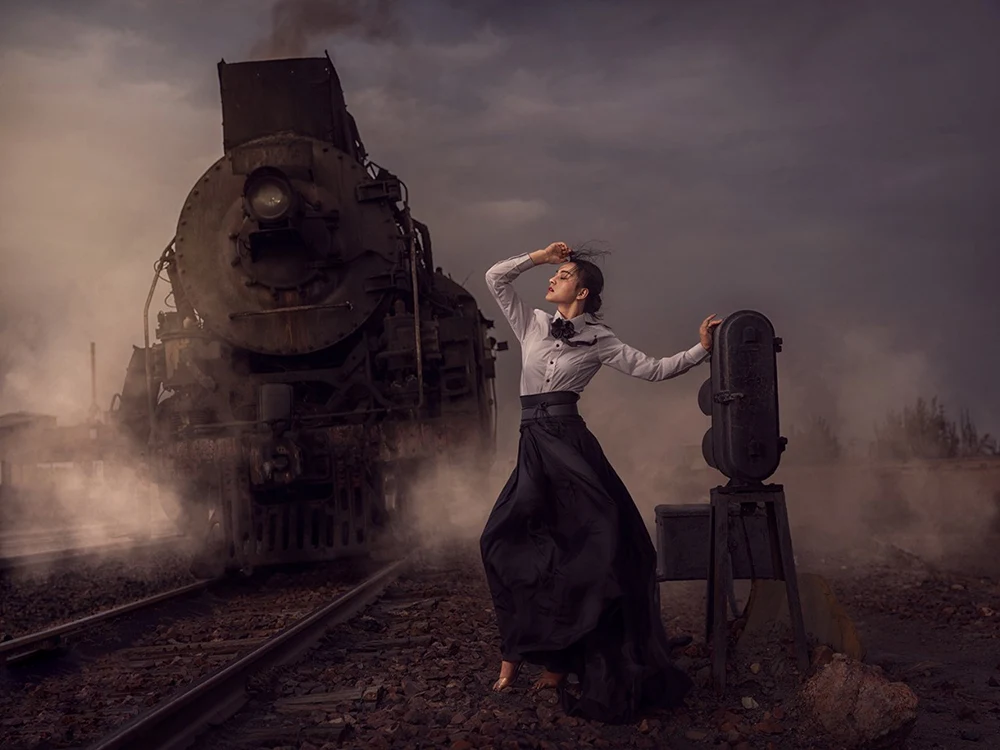
INTRODUCTION:
As time progresses and societal perspectives shift, painting and photography have evolved and intertwined, resulting in captivating artistic outcomes that blend their individual attributes.
I. Artistic Characteristics of Photography
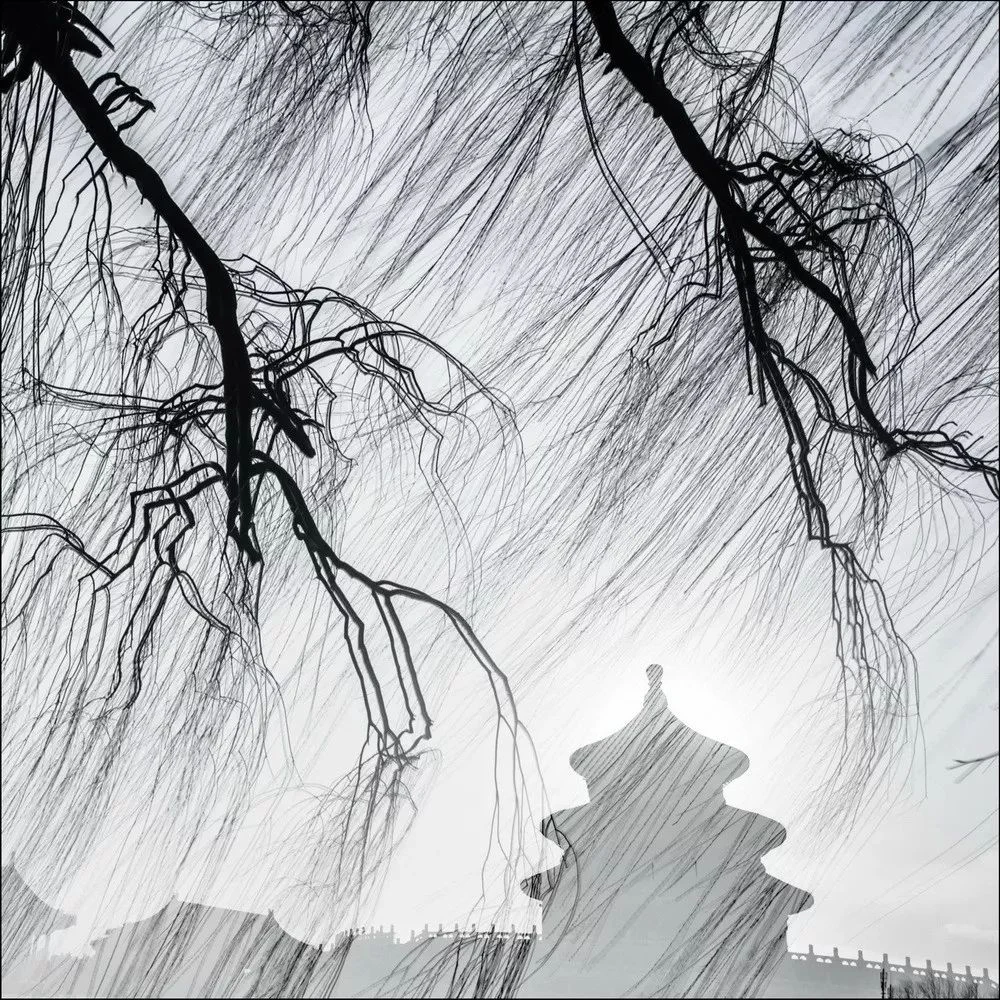
Photography, as Chen Danqing eloquently stated in "Confessions of Contemporary Photographers," lacks definitive theories, aesthetics, or rules, making it a boundless art form. Photography transcends mere image capture and post-production; it conveys ideas, thoughts, and states of mind. Moreover, photography and culture are inseparable, mutually dependent, and mutually influential. The language of photography is deeply rooted in contemporary world culture.
In its early stages, photography served as a simple "record" or a complement to painting. However, as photography progressed, it became more than just capturing moments; it became an exploration of nature. Technological advancements in photography have made the process more accessible and convenient, leading to the emergence of modern photography. Photography has gradually gained recognition as an independent art form, with various genres and forms closely linked to the history and culture of traditional art.
II. Artistic Characteristics of Painting
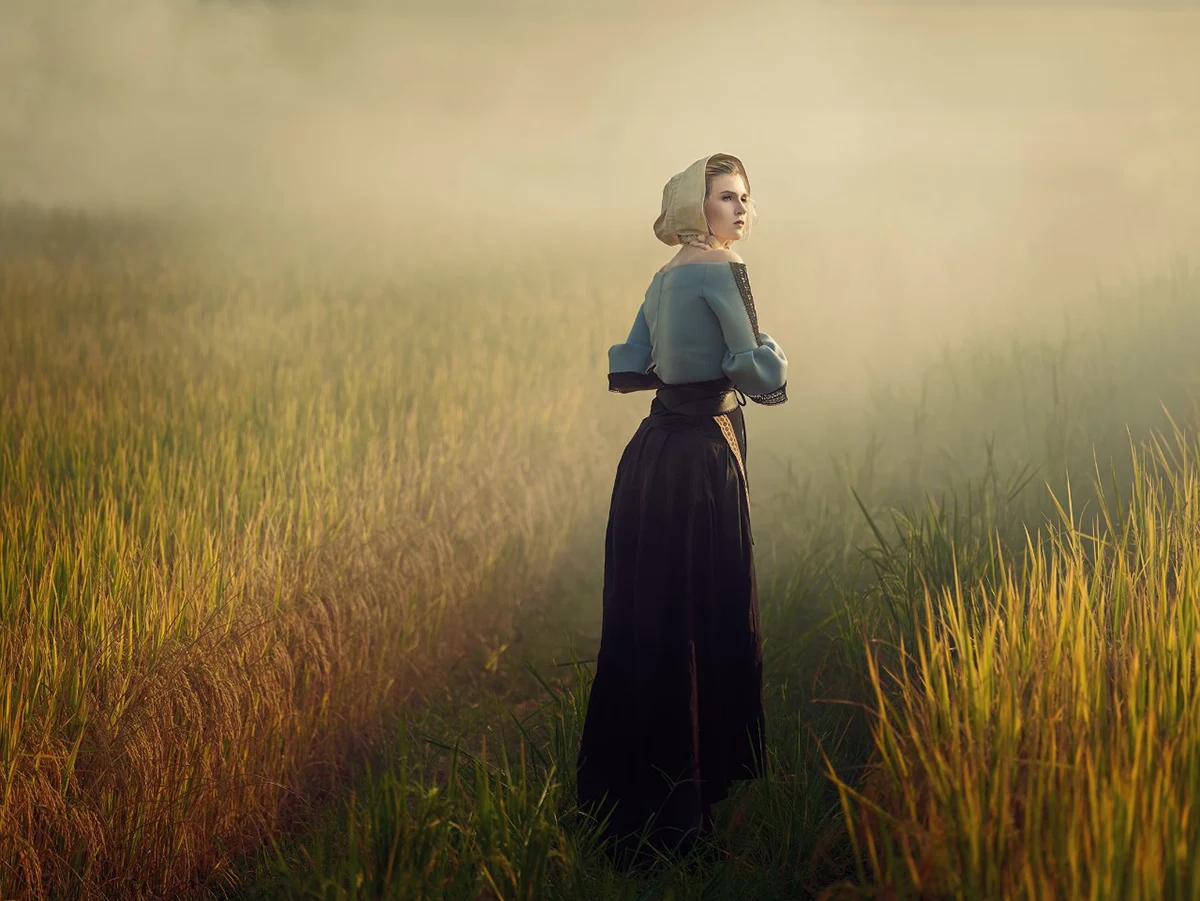
Traditional Chinese painting, with its extensive history and inclusive artistic nature, incorporates elements from calligraphy, poetry, and printing. Dating back to the Spring and Autumn period, painting was considered a reflection of life's characteristics. Confucius emphasized the importance of lines and colors in painting. Renowned painter Xie He highlighted the need for paintings to not only depict forms and objects but also capture vividness through brushwork techniques. Traditional Chinese painting not only expresses what words cannot convey but also captures the essence of the subject matter, presenting a natural and harmonious artistic expression within its spatial structure. It embodies the traditional philosophical thinking of subtlety, hiddenness, and the fusion of reality and illusion.
III. Shared and Individual Traits of Painting and Photography
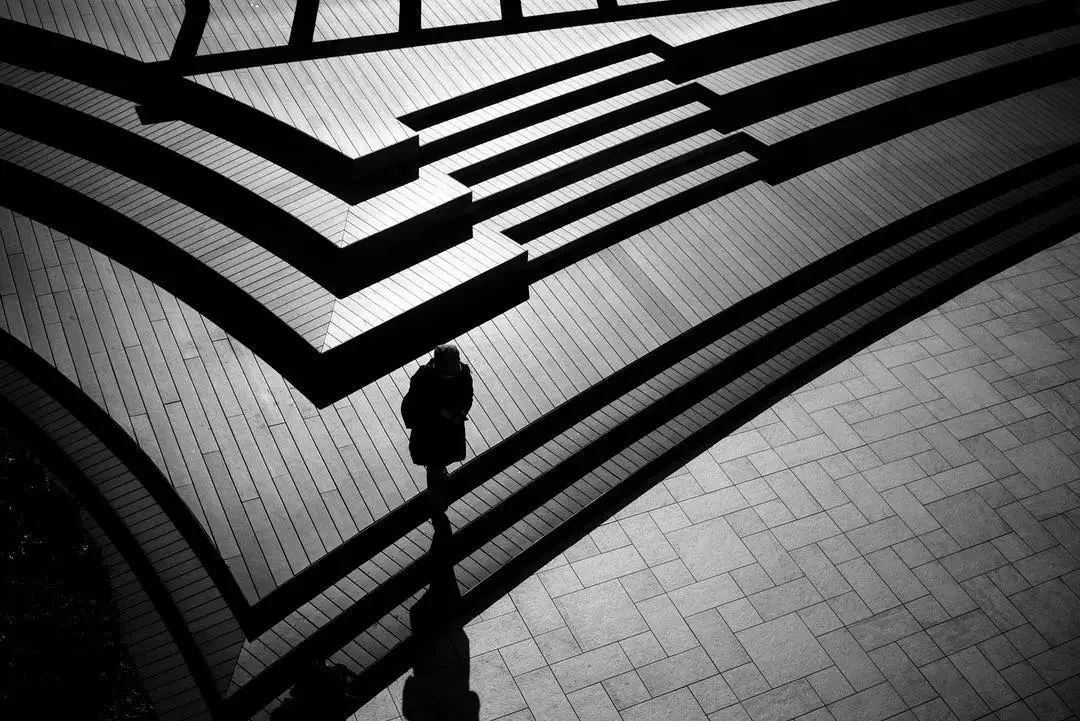
Both painting and photography are expressive visual arts that use imagery to convey emotions, reflect societal life, and shape visual representations. Artists employ techniques such as color relationships, composition, and spatial manipulation to discover and capture beauty, expressing their inner emotions and perceptions. While photography requires capturing fleeting moments with keen observation and foresight, painting allows for sustained creation, unaffected by time. Photography tends to focus on recording, while painting emphasizes readability over recording.
IV. Mutual Influence between Painting and Photography
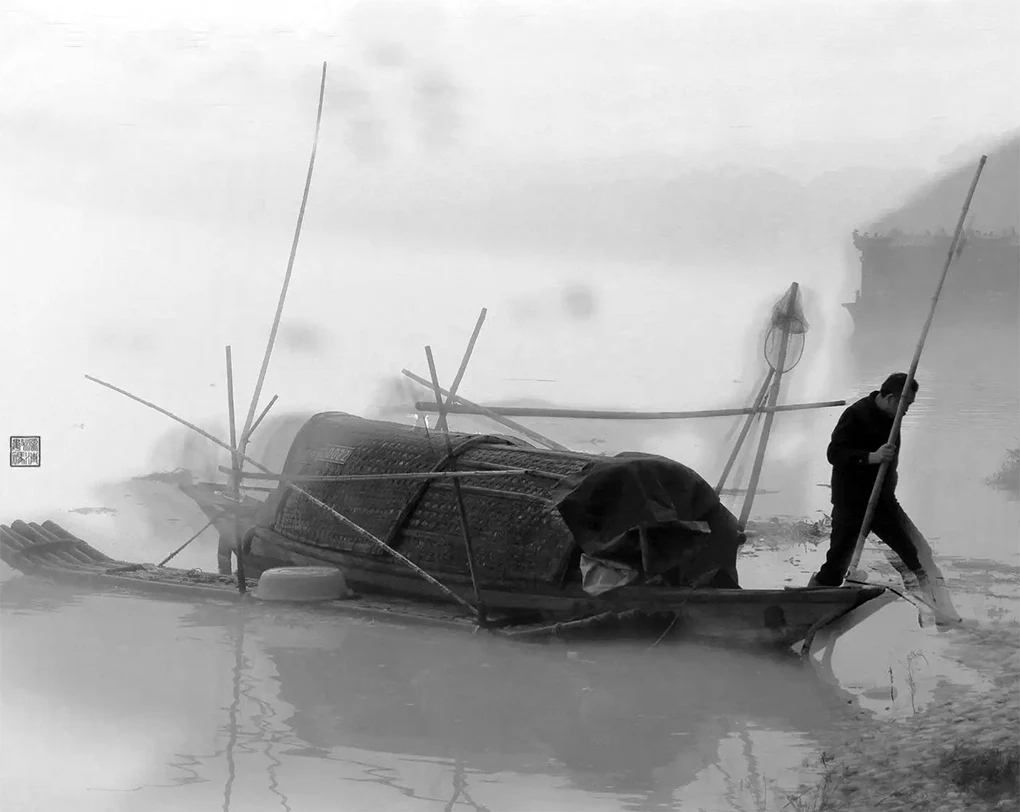
The invention of photography has undoubtedly influenced painting in terms of concepts and functionality, blurring the lines between the two art forms. Photography and painting share the commonality of "truthfulness." Many contemporary photographic works are closely linked to painting. These works go beyond theoretical boundaries, showcasing boundless creativity and the ability to capture beauty. For instance, the combination of natural landscapes and traditional Chinese painting techniques in photography results in a harmonious composition, reminiscent of an ink painting's charm. The interplay of light and atmosphere in photography can create an otherworldly sense that surpasses reality. Through photography, artists engage in a dialogue with nature, which then translates into a dialogue between nature and the audience.
CONCLUSION:
As a thinker nurtured in the traditional Chinese aesthetic atmosphere, I believe that art should be associated with pleasurable experiences. Whether it is photography or painting, all art forms share a common goal of expressing the artist's thoughts and concepts through their unique artistic language. Artistic creations represent a return to the intrinsic values of human nature, a return to the essence and intuition, embodying a state of natural and pure freedom.









